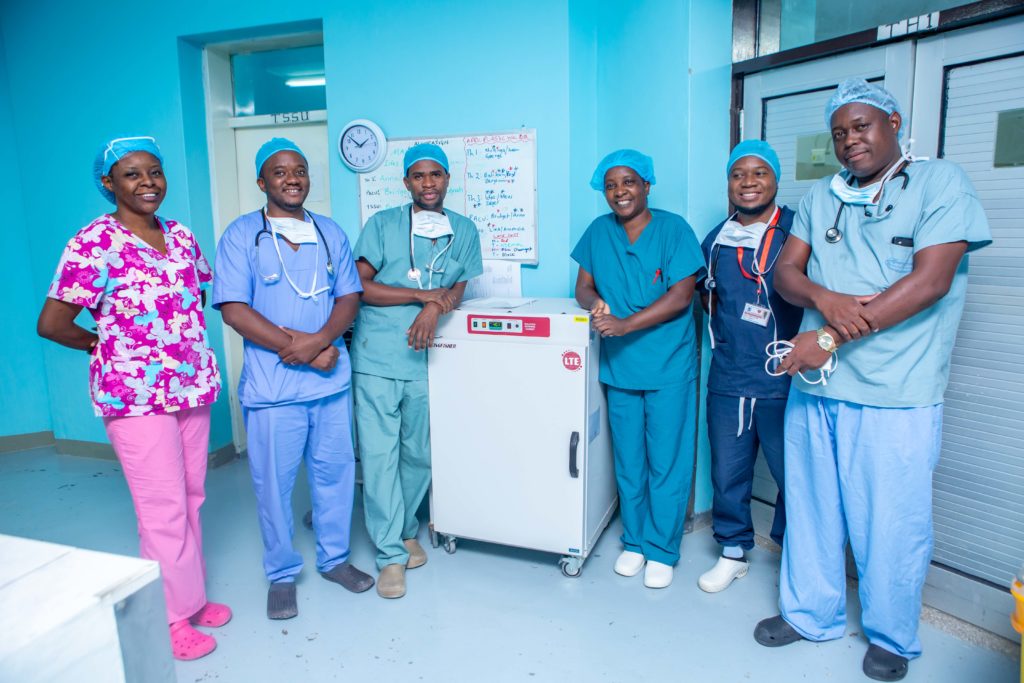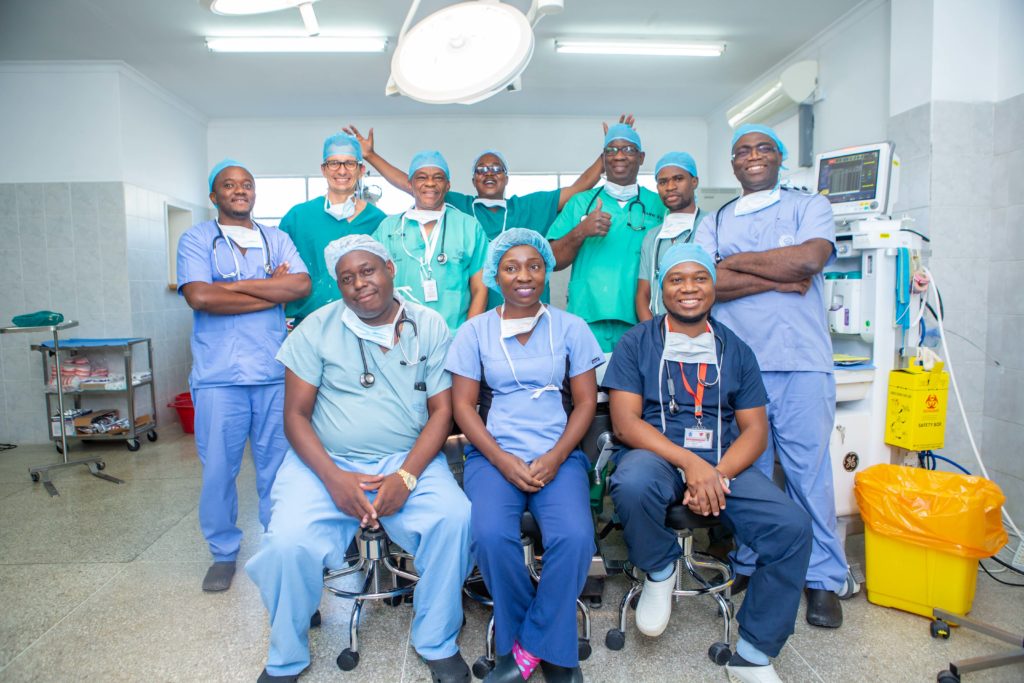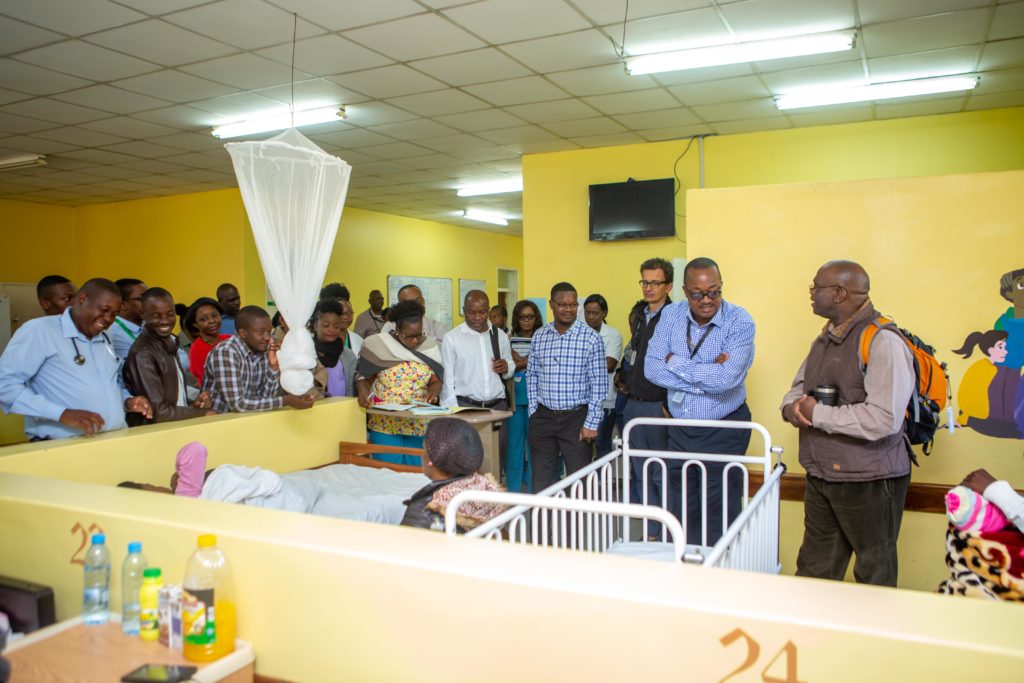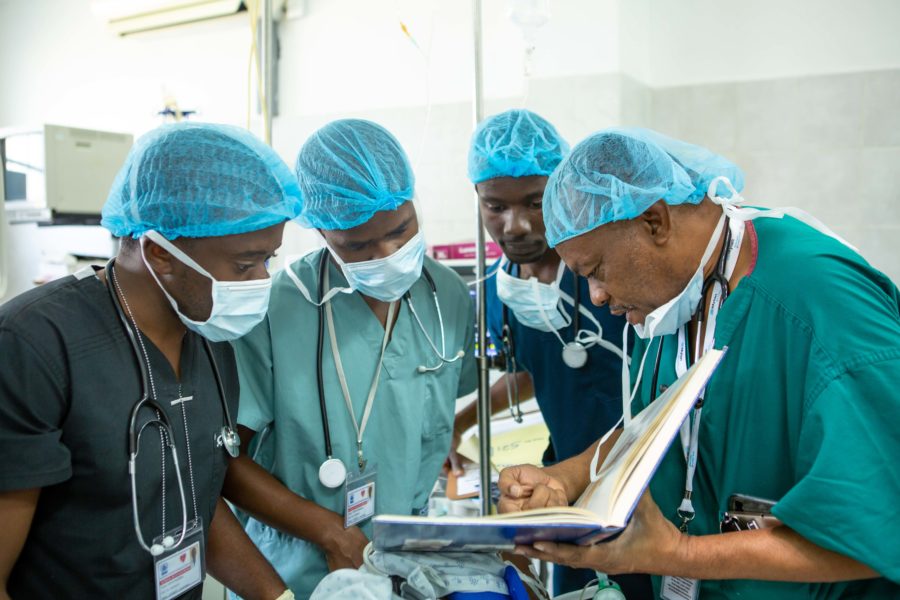Contributing to anaesthesia training in Zambia
Zambia has a population of about 18 million, and as of the last count, there are about 42 physician anaesthetists and 176 non-physician anaesthetists who are employed by the Ministry of Health. It is clear that the number of practicing anaesthetists in the country is far from adequate to serve the entire population. The areas in the most need are rural communities and peri-urban areas, hence there is a huge demand for training more physician and non-physician anaesthesia providers.
To address the low number of anaesthesia practitioners in the country, among other interventions, in 2017 the government of the Republic of Zambia produced a “National Surgical, Obstetric, and Anaesthesia Strategic Plan (NSOASP) Year 2017-2021,” whose theme is, “achieving universal health coverage through safe, affordable, and timely surgery, obstetrics, and anaesthesia.” One of the things stipulated in the national strategic plan is that the government of the Republic of Zambia seeks to increase the number of anaesthesia providers in the country by carrying out physician anaesthetist and non-physician anaesthetist training.
The physician anaesthetist training is taking place at the University Teaching Hospital (UTH), and there are two programs running: a master of medical science in anaesthesia and specialist training in anaesthesia training for doctors. Side by side, there are other non-physician anaesthesia programs taking place in different institutions for those who have previously had three years of training as a clinical officer. They go for a further two year training in anaesthesia, and thereafter they have a one year internship after they graduate as anaesthetists. The nurses have also been incorporated in the training program—nurses who have been serving as nurses and receive the specialized training in anaesthesia. After they graduate, they are posted in different parts of the country in need of anaesthesia services.

Considering that there is a need for the students to be exposed to the various parts of anaesthesia, and also in light of the fact that the Beit CURE Hospital is well stocked with modern anaesthesia equipment, CURE Zambia has opened its doors for some students to come for practical training. “We give them an opportunity to see the equipment being used and learn how to use some of it, as well as see some of the procedures they have just heard about,” says Dr. Anthony Chisakula, CURE Zambia’s head of anaesthesia. “We have an acute pain service, so they are learning the principles of acute pain management. We show them what to use, what medication we give, what dosages to give. That is the reason why we are offering these students from Chainama College of Health Sciences an opportunity to come for a ten weeks internship with us.”
There are many benefits the students receive while they are with us. They get to tap into the practical knowledge of our experienced anaesthesia team who are willing to teach and demonstrate the various techniques of administering safe anaesthesia they have acquired over many years of practice. The team consists of Dr. Anthony Chisakuta, consultant anaesthesiologist and head of anesthesia; Dr. Andrew Amata, consultant anaesthesiologist; Dr. Sindula Tshoma, medical officer (anaesthesia); and Christerbel Lubasi, anaesthetist.

The students also get an opportunity to be exposed to some specialist aspects of anaesthesia. “Dr. Andrew Amata, who is a pain specialist and runs pain clinics, does epidurals, and a lot of them have never seen an epidural done before,” said Dr. Chisakuta. “They are getting a chance when they are here to witness an epidural been done, as they are also getting exposed to the equipment used to do an epidural.”
The benefits are echoed in the sentiments shared by some of the students who have just completed their internship. Mbewe Dalitso, Student Anaesthetist, describes the experience as enlightening, especially on how to administer anaesthesia to children. “My experience at CURE Zambia was super. It being a children’s hospital and having very experienced anaesthesiologists who have worked for many years took away my fear of anesthetizing children,” said Mbewe. “Children are complex beings and need special equipment as well as skills when handling in the operating theatre.”

Given Kaseba, another student anaesthetist, found more than education at Beit CURE. “The experience at CURE Zambia for the past eight weeks I have been attached has really changed my entire life, not only academically but also spiritually,” said Given. “CURE Zambia is an environment you will always want to be. It is calm; the staff are so welcoming. It is a different world altogether. Being in the OR every morning, working with the most experienced consultant anaesthesiologist and handling the state-of-the-art equipment has made me improve on my skills … It is a place I would recommend my fellow students to be and have a feel of how it is to be part of such a wonderful team.”
The internship program is ongoing. We have arrangements with different institutions including the University of Zambia, through the University Teaching Hospital where students will be coming for practical training internship in anaesthesia. It is wonderful to see the anaesthetists trained in our hospital go out and serve the people of Zambia throughout the county. In this way CURE Zambia is contributing to the goal of achieving universal health coverage throughout the country of Zambia, and making safe surgery for Zambians everywhere a reality.
Read more about our commitment to essential surgery at cure.org/uhc
Footnote: Article written by Chaanga Mungalu on Monday, September 16, 2019
